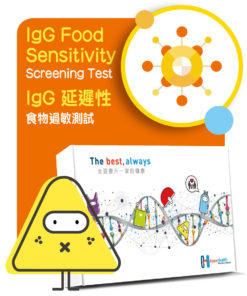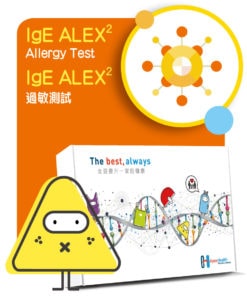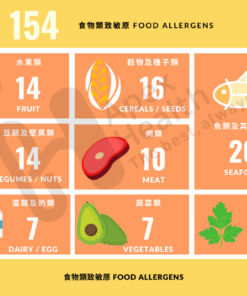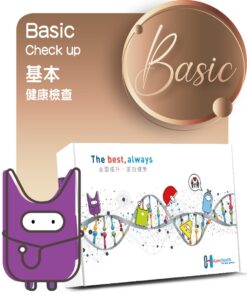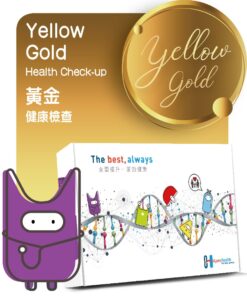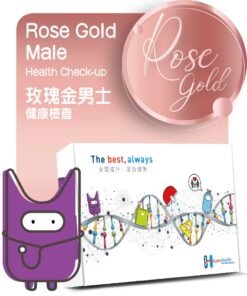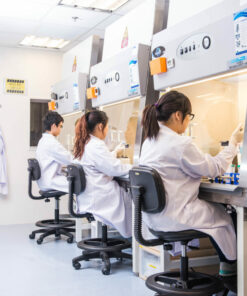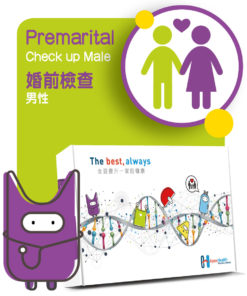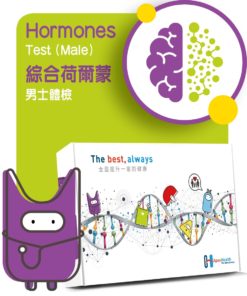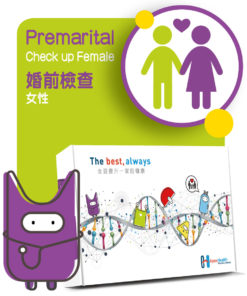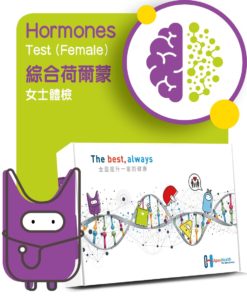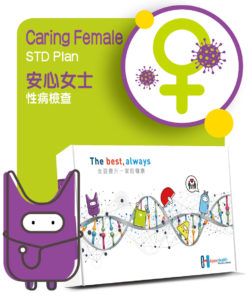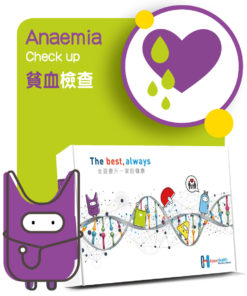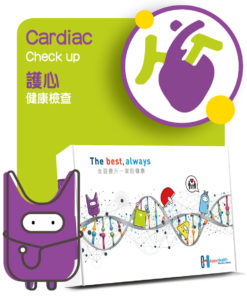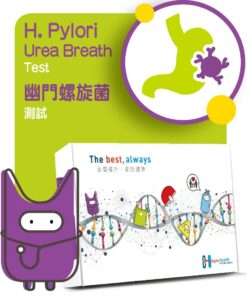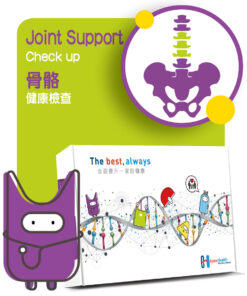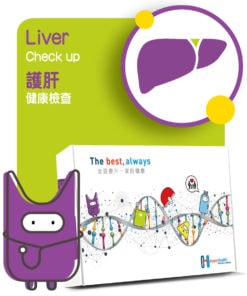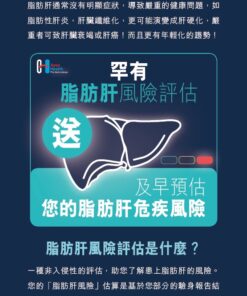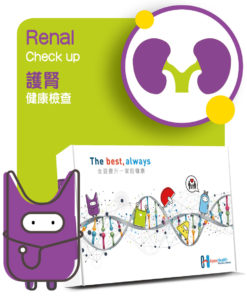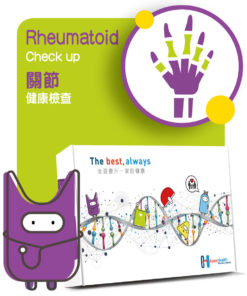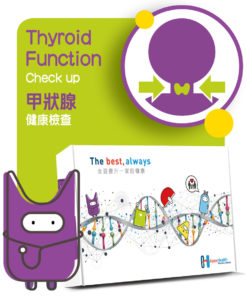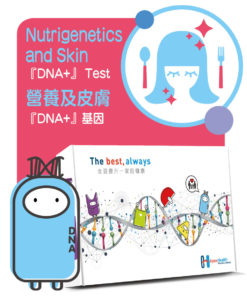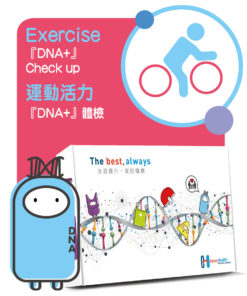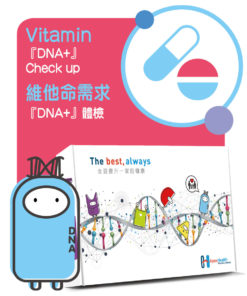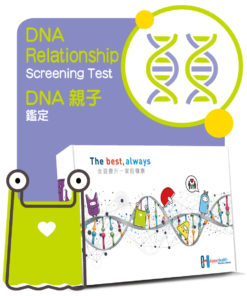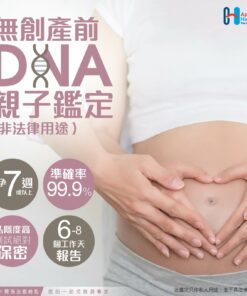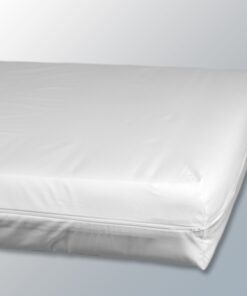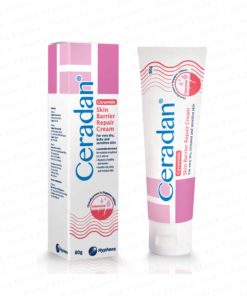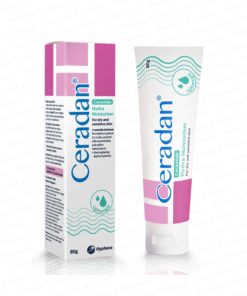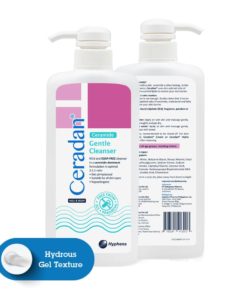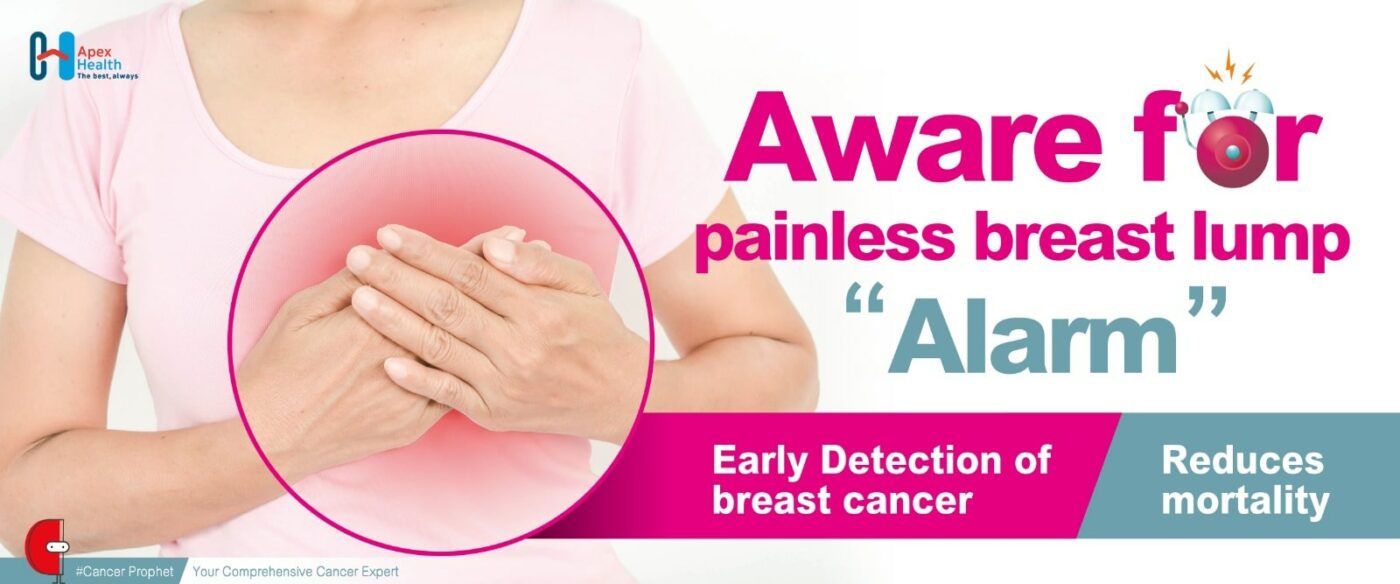Mammogram
Mammogram screening can reduce the breast cancer mortality rate by 20% to 40%. Some women are concerned about the radiation risk of Mammogram, but according to medical evidence data, the risk of radiation for breast cancer is very low and it’s not significant.
However, Mammogram still has a 10% to 30% chance of “false positives” occurs. Younger women with denser breast tissue may have difficulty detecting masses through X-rays, and the effectiveness of displaying tumor tissues is not significant. Preliminary data on 3D Mammogram suggests that it may be more accurate than 2D Mammogram, but there is currently a lack of definitive medical data to prove that it can more effectively reduce breast cancer mortality rates. For women aged 45 and above, it is recommended on regular breast imaging screening every two years.
Breast Ultrasound
Breast ultrasound uses high frequency sound waves to create a picture of the inside of the breast. It is effective in detecting small tumors in women with denser breast tissue. However, refer to the international guidelines currently there is no significant data to prove that breast ultrasound as routine screening can effectively reduce mortality rates. On the contrary, it may increase the rate of false positives. Therefore, it is not recommended as routine screening.
Biomarkers
Breast cancer risk can also be measured through blood tests. CA 15-3 is a cancer biomarker associated with breast cancer. An elevated reading indicates a higher risk of breast cancer. However, CA 15-3 levels can also increase due to benign breast tumors or hepatitis for false positive outcome. Additionally, cancer biomarkers have lower sensitivity for early detection of breast cancer, so they need to be supplemented with other breast cancer examinations.
Biopsy
Biopsy of breast tissue can be classified into two types: incisional biopsy and excisional biopsy. Incisional Biopsy is a minor surgery that helps determine the characteristics and grade of tumor cells. Excisional biopsy is currently the most accurate diagnostic method but is more invasive and may leave scars due to the need for wound closure.
Liquid biopsy
Liquid biopsy is novel approach for detecting the presence of tumor recurrence and real-time monitoring of tumor dynamics, and evaluation. Blood is the most common biological fluid used for testing, as it contains various tumor-related biomarkers such as circulating tumor cells (CTCs), circulating tumor DNA (ctDNA), and others. In comparison to surgical tissue extraction, liquid biopsy is non-invasive, significantly reducing the risks for patients. Extracting blood for testing can provide earlier information about cancer.
 English
English
 English
English


